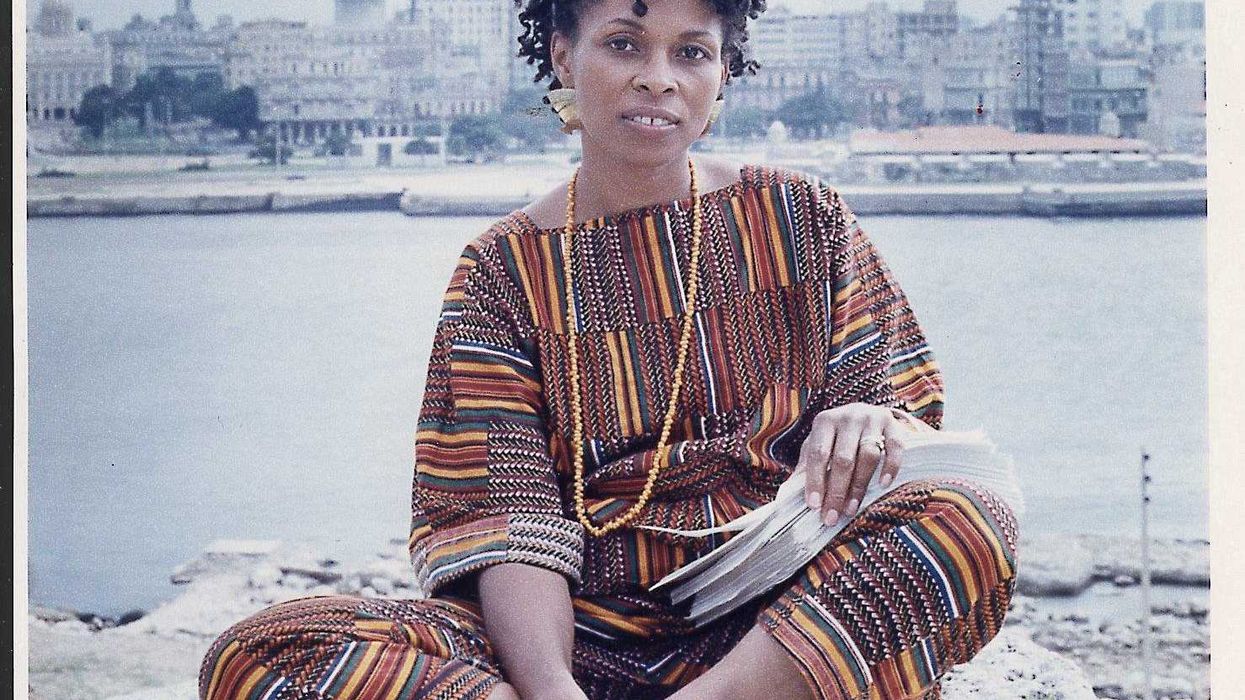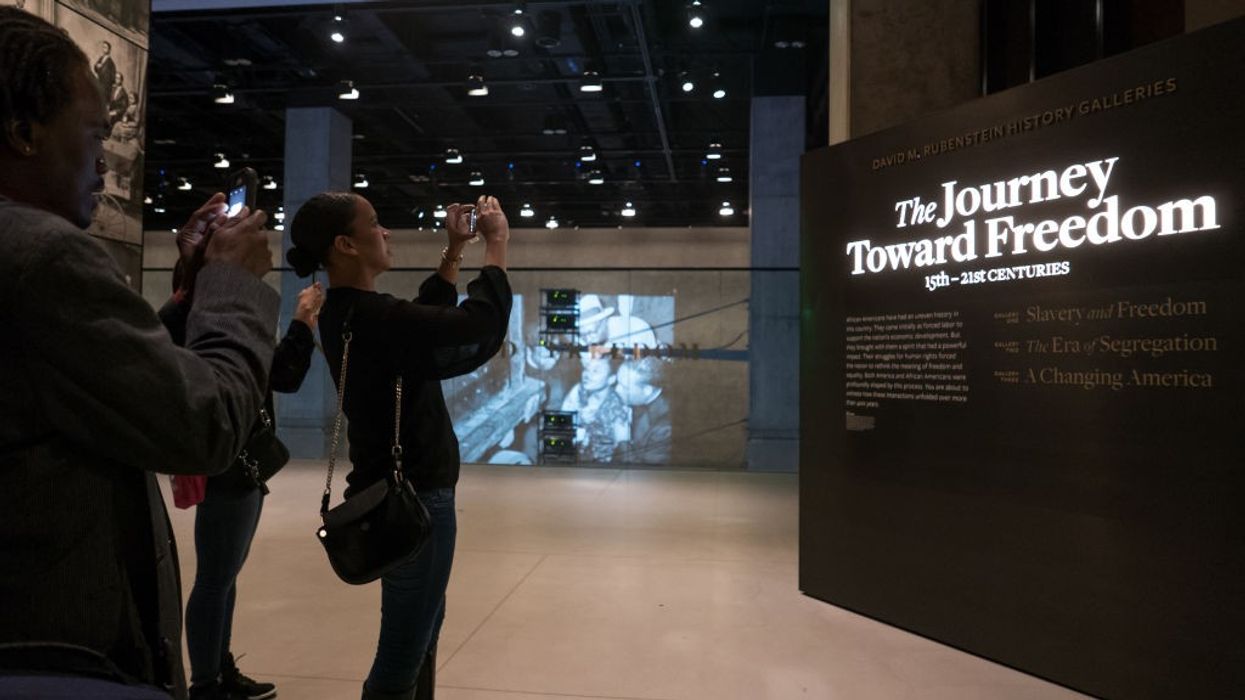After No Kings Day, Feed Your Head
We should commit ourselves to becoming students of struggle because there is so much to be gained not simply from action, but from deliberative, informed, and educated action.
Now that No Kings Day October 2025 has come and gone, what should we do with all our energy?
The carnivalesque atmosphere of protest across the nation on Saturday fed a hunger for political community and solidarity in the face of the relentless assault on our basic democratic rights that has been raging since the start of this year.
The signage alone—from cats kicking crowns to “We in Danger, Girl: Resist”—called us to move from words to action. Now.
Act we should.
For there is plenty to do.
Histories of anti-authoritarian struggle are an indispensable storehouse of knowledge for the days and weeks after the protest is over.
Join the American Civil Liberties Union. Work to support anti-Trump candidates in the 2026 midterms. Write your elected representatives, including judges, to let them know you support their efforts to defend the Constitution. And find out what the local organizers of your No Kings Day have planned next.
We should do all these things.
But we should also read. And study. And debate. And learn.
I’m not kidding.
We should commit ourselves to becoming students of struggle because there is so much to be gained not simply from action, but from deliberative, informed, and educated action.
And history, especially Black history, is a crucial resource in this struggle.
Consider Augustus Wood’s recent book, Class Warfare in Black Atlanta, which maps the ways that working-class African American men and women fought the neoliberal takeover of Atlanta from the 1970s onwards, pushing against both white and Black elites seeking to bulldoze their communities in the name of economic development and “progress.”
Get to know the stories of Phyllis Whatley and Eva Davis, Black working women who built “overlapping” movements across space, housing, and labor to beat back Atlanta’s takeover by urban power brokers. We have so much to learn from their courage and their strategies.
If a scholarly book like Wood’s is too much to pick up, go to your local library and find a novel which fictionalizes key moments and movements in anti-democratic history. Try Colson Whitehead’s Pulitzer prizewinning The Underground Railroad. Or check out John Lewis’ memoir, Walking With the Wind.
Or if fiction doesn’t appeal, follow a short form like an op-ed. Top of that list right now is Bobby J. Smith’s piece, “Chicago Restaurants Using Civil Rights-Era Playbook to Fight ICE,” which reminds us how prescient, and present, the tactics of the recent past are.
And if reading per se isn’t the way you want to access lessons on how ordinary people fight the power of the state and its legal and carceral systems, check out the website of the MAMAs project, which documents in word and image how the mothers of unjustly incarcerated sons have developed powerful pedagogies over a decade-long struggle for the freedom of their kids.
History comes in many forms and formats. So, as the 1967 Jefferson Airplane song “White Rabbit” exhorts us, “feed your head.” By whatever means possible.
Because after we put away the No Kings signs for now, we need recourse to concrete examples of how to counter government-sponsored violence and fascist takeover—partly so we can be inspired by those who have come before, and partly so we can develop models based on past patterns and present strategies that we can put into action now.
It goes without saying, of course, that for many communities in the US and elsewhere, these struggles are not new. They are intensified, yes, but they build on micro- and macro-aggressions that have been rending the social and economic fabric for decades if not centuries.
It’s important to remember that wherever violence has happened and the state has exercised lethal power against citizens and other subjects, people have resisted. We have to know these histories.
Luckily, there is a deep and rich archive of protest movements that historians, professional and otherwise, have labored to assemble and preserve precisely to serve us in these times.
Which is exactly why the current regime is banning books, coming after courses and curricula which amplify these histories, and seeking to remake the story of the last 250 years in their own image.
They want to erase the history of survival and resistance which can and will be activated to challenge their arrogation of power—activated to resist the dismantling of democratic foundations and to protect anew those rights which have been hard won over the last two centuries.
Histories of anti-authoritarian struggle are an indispensable storehouse of knowledge for the days and weeks after the protest is over.
We need to study them, with the present in mind. So get out there and read up on the practical examples that Black history especially has to offer us as we seek not just solidarity, but usable forms and portable practices drawn from the work of those who came before us.
When we do so, we ourselves will be making histories available to those who come after us to learn from, to mobilize, and to improve on.
Feed your head, and the rest will follow.


